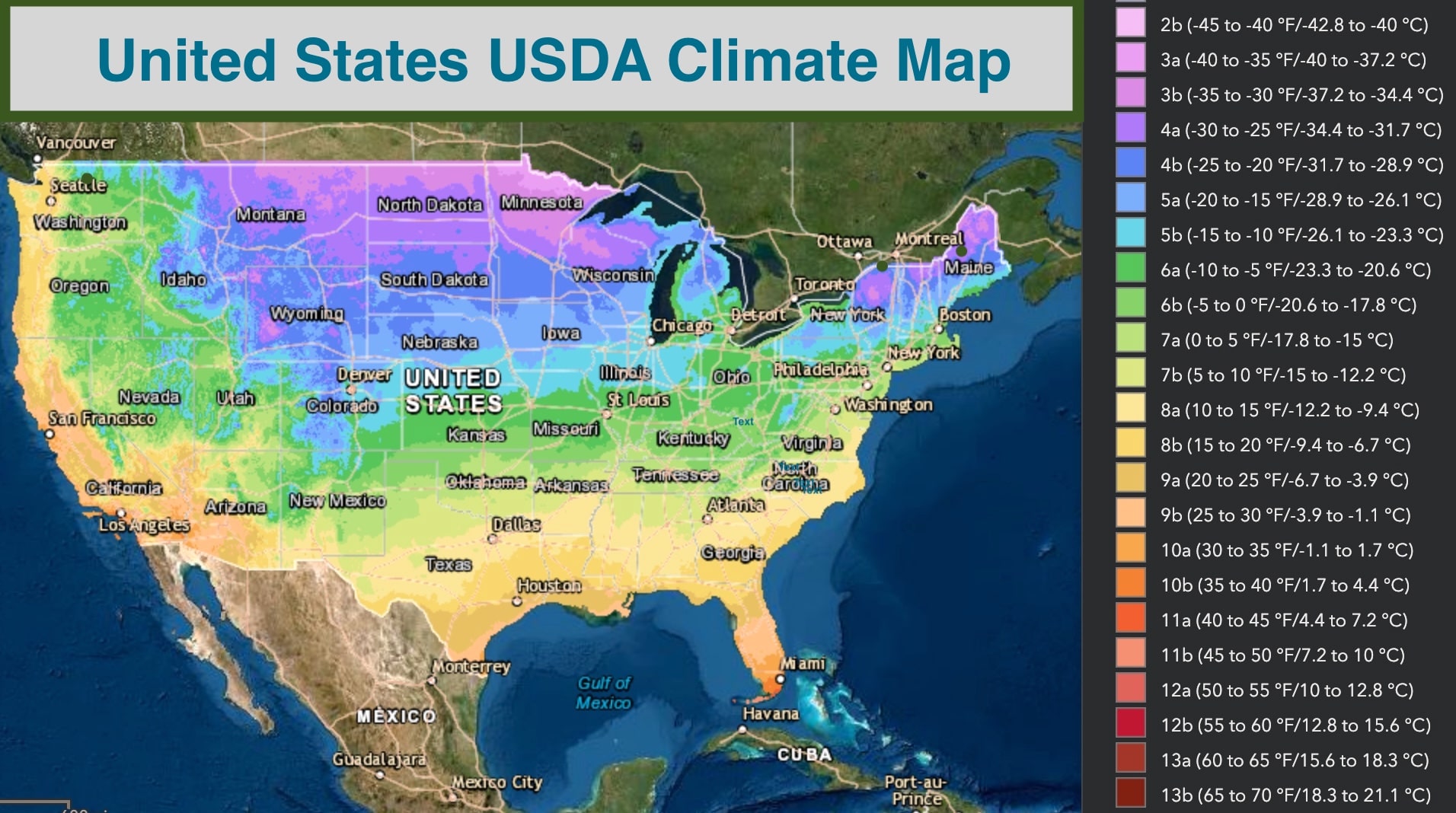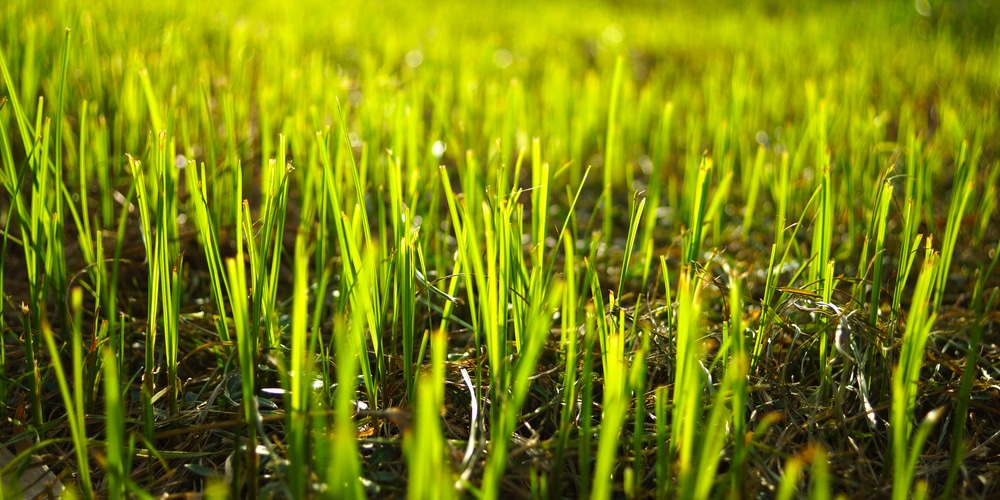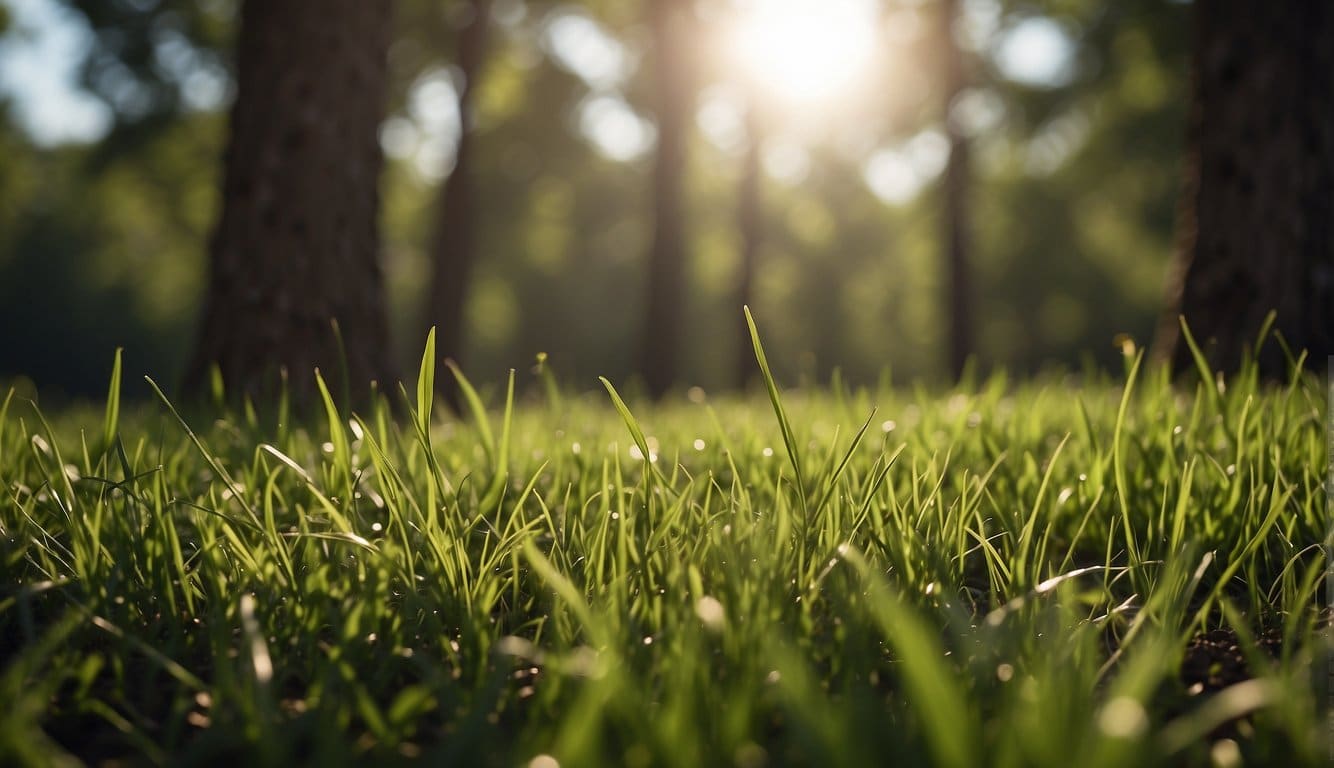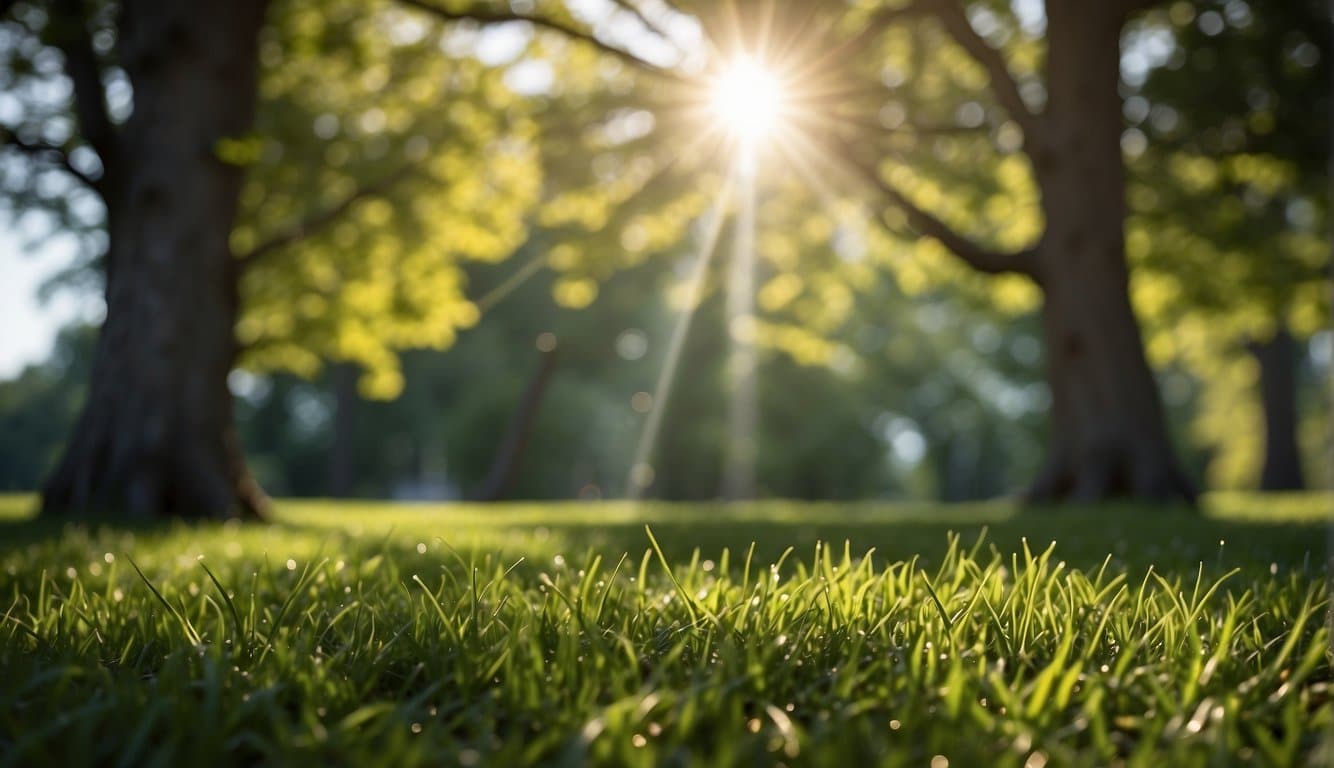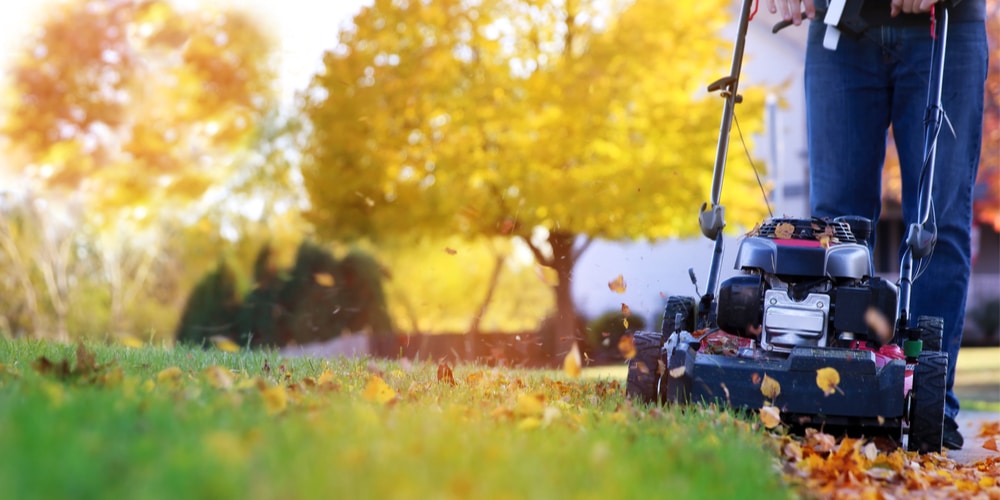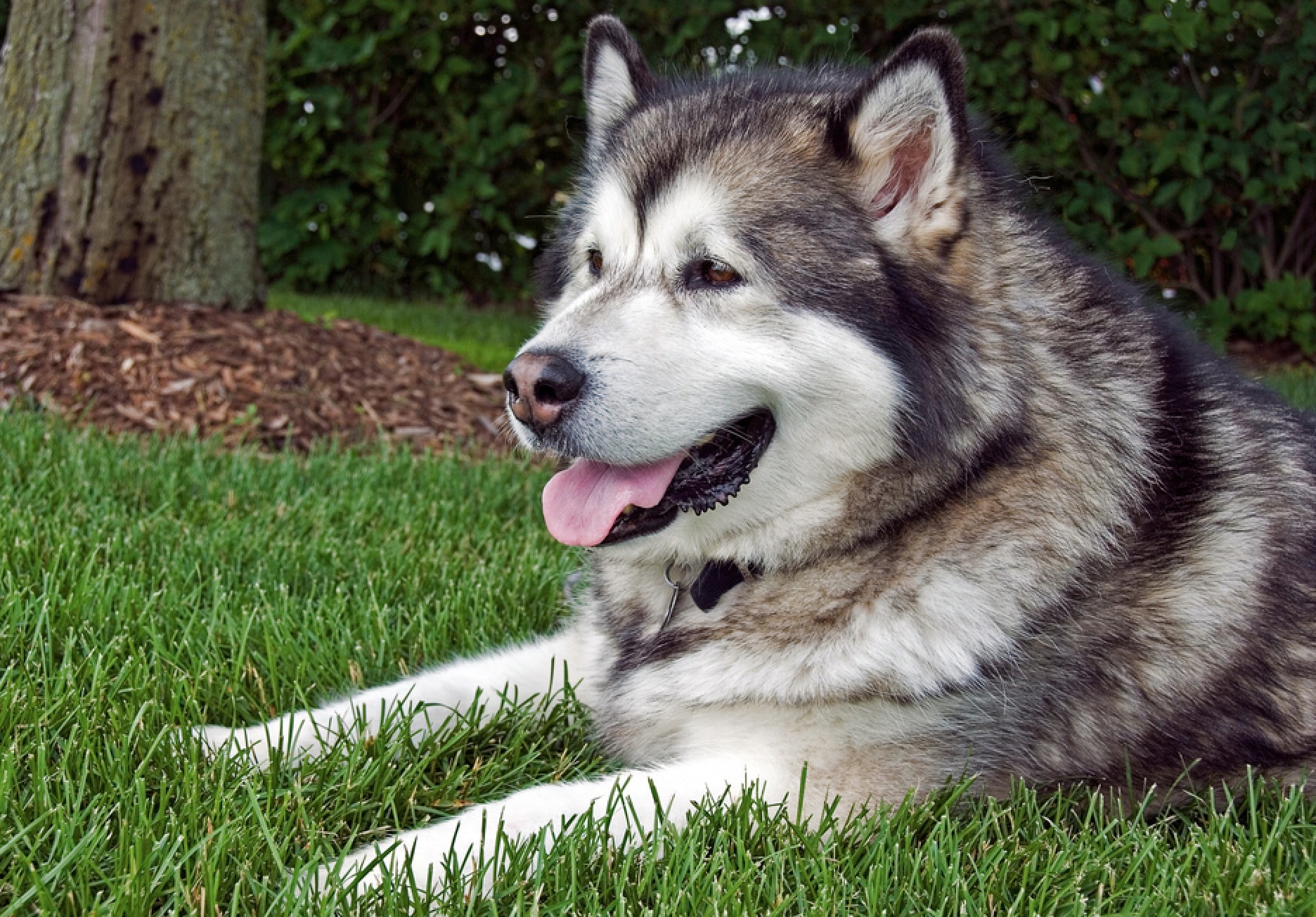Quick Answer
| U.S. Climate Zone | Too Late to Plant Grass Seed |
|---|---|
| Zone 1-3 | After mid-August, due to early frosts and shorter growing seasons. |
| Zone 4-5 | After late September, as cold temperatures arrive early. |
| Zone 6-7 | After early October, to ensure establishment before the first frost. |
| Zone 8-9 | After mid-October, though some warm-season grasses can be planted later. |
| Zone 10-11 | Rarely too late; avoid the hottest months for warm-season grass planting. |
Note:
- This table assumes a desire to establish grass before winter dormancy or the hottest part of the summer for warm-season grasses.
- In cooler zones (1-7), planting too late might not give grass seeds enough time to germinate and establish before winter conditions halt growth.
- In warmer zones (8-11), the concern is more about heat stress and ensuring adequate water for summer planting; however, there’s greater flexibility in planting times.
OK, if you want more info than what’s provided here, we’ve got everything you need to become a grass timing expert below. Good luck this season!
Grass Seed Germination and Grass Type
Grass seed germination is a critical phase in lawn establishment. The process is influenced by several key environmental factors, with soil temperature being paramount.
Warm-season grasses typically require higher soil temperatures to germinate effectively. Optimal soil temperatures for these varieties range from 65 to 70°F.
When the soil warms to this range, conditions are conducive for the seed to sprout and the seedlings to establish a root system.
Key Factors in Grass Seed Germination:
- Soil Temperature: Essential for enzyme activity that spurs growth.
- Air Temperature: Should not exceed 90-95°F as high heat can hinder germination.
- Moisture: Even, consistent watering aids in seed germination but avoid waterlogging.
- Sunlight: Full sun encourages germination but excessive heat can be detrimental.
Late spring to early summer presents a favorable window for planting warm-season grasses, when air temperatures are steadily above 80°F. Germination rates decline as temperatures rise above 95°F.
This is a notable consideration determining the cut-off point for planting. Seedlings struggle to establish in extreme heat and may falter before the cooler temperatures of late fall.
Therefore, to ensure successful germination:
- Monitor Soil and Air Temperatures: Aim for the 65-70°F soil temperature range.
- Water Management: Maintain soil moisture without over-saturating.
- Timing: Plant when the trend of increasing temperatures is consistent but not at its peak heat. Avoid planting in the height of summer.
Regional Considerations for Planting Grass Seed
The optimal time for planting grass seed depends on regional climate variations. Each climate zone has a specific window that ensures the grass can establish effectively before weather conditions become unsuitable.
Temperate Climate Zones
In temperate climate zones, homeowners have two primary opportunities to plant grass seed: early spring and early fall.
Grass seed should ideally be sown in early spring, as soon as soil temperatures consistently reach 65°F. The cool nights and mild days of fall offer a second chance for seeding, ensuring grass has time to establish before temperatures drop.
- Spring planting: February to May
- Fall planting: September to early November (at least 45 days before the first frost)
Cold Climate Zones
Residents of cold climate zones often deal with shorter growing seasons. They need to plant cool-season grass varieties like Kentucky bluegrass and bentgrass, which can endure the low temperatures.
The best time for them to sow seeds aligns with the temperate zones, but with additional caution to avoid early frosts:
- Spring planting: After the last frost when soil temperatures are above 65°F
- Fall planting: By late summer or early fall
Warm Climate Zones
Those living in warm climate zones prioritize warm-season grasses like Bermudagrass or buffalograss.
These grasses require high soil temperatures to germinate and thrive, thus timing is crucial to avoid the scorching summer heat that can inhibit growth.
- Optimal planting: March through July
- Soil temperature threshold: Above 65°F
- Cut-off for seeding: Before air temperatures regularly exceed 90°F
Optimal Planting Times
Planting grass seed at the right time ensures proper germination and establishment of a healthy lawn.
Two specific windows in the year are ideal for sowing, distinguished by the type of grass and the seasonal temperatures.
Spring Sowing
For cool-season grasses like bluegrass and bentgrass, zones 2 to 6 are suitable for planting from February to May.
Homeowners should ensure soil temperatures remain above 60°F consistently to promote seed germination. The goal is to allow grass to establish before the stress of summer heat.
- Best times for cool-season grasses:
- Bluegrass: February-May
- Bentgrass: Spring (or Fall)
Warm-season grasses such as bahiagrass or bermudagrass, best suited to zones 7 to 10, should be planted when soil temperatures consistently exceed 65°F.
- Best times for warm-season grasses:
- Bahiagrass: Spring-Summer
- Bermudagrass: March-August
Fall Sowing
The fall season is generally the best time to plant cool-season grasses. The soil temperatures in fall are warm enough to support germination but cool enough to avoid the extended heat of summer that could damage young grass shoots.
Planting should occur when temperatures linger in the 60s to low 70s F during the day.
- Optimal conditions for fall planting:
- Air temperature: 60s-70s F
- Timing: Late summer to early fall prior to the first frost date
Late Planting Risks
Late planting of grass seed brings inherent challenges that can compromise the lawn’s establishment. Gardeners face specific threats depending on the season during which they plant.
Frost Damage
Frost poses a significant threat to newly planted grass seed as it can halt germination and kill the tender seedlings.
For cool-season grasses, the optimal planting window closes at least 45 days before the expected first fall frost. This allows the grass enough time to establish before winter.
Heat Stress
Planting grass seed too late in spring means seedlings must endure high summer temperatures.
Warm-season grasses should be planted at least 90 days before the first fall frost, ensuring they don’t encounter extreme heat during their delicate growth phase, which can lead to withered plants and poor root development.
Weed Competition
A late start often results in increased weed pressure. Weeds typically have faster germination rates and can quickly overtake a lawn where grass seedlings haven’t had time to establish a competitive presence.
This is particularly problematic for late-spring or summer planting when weed growth is at its peak.
Improving Late Planting Success
While planting grass seed late in the season is not ideal, success can still be achieved with careful attention to soil preparation, proper irrigation techniques, and selecting the appropriate seed.
Soil Preparation
Before seeding, the gardener should ensure the soil is in optimal condition to support germination and growth. This involves:
- Testing Soil pH: Ideal pH should be between 6.0 and 7.0 for most grass types. Amend soil as needed based on test results.
- Removing Debris: Clear away rocks, roots, and other impediments to create an even surface.
- Tilling: Loosen the top 2 to 3 inches of soil which can improve root growth and access to nutrients.
- Adding Nutrients: Incorporate compost or a starter fertilizer to provide essential nutrients required for strong seedling development.
Irrigation Techniques
Proper watering is critical for seed germination, especially when planting late in the season:
- Watering Schedule: Seeds need consistent moisture, so water lightly and frequently, without causing runoff or puddles.
- Use of Mulch: A thin layer of straw or other mulch can help retain soil moisture.
- Monitoring: Watch for the first signs of germination and adjust watering to keep the soil moist but not waterlogged as seedlings become established.
Seed Selection
Choosing the right seed is crucial, particularly when fighting against the clock:
- Seasonal Grass Types: Select cool or warm-season grasses that can still germinate and establish before the onset of extreme temperatures.
- Growth Rate: Opt for seeds known for their faster germination and establishment rates.
- Local Climate: Consider seeds that are well-suited to the local environment. This includes tolerance to the region’s particular weather patterns and soil conditions.
Frequently Asked Questions
Optimal grass seed planting times vary depending on the type of grass and regional climate. But generally, it’s important to consider soil temperature and weather patterns to ensure successful seed germination and establishment.
What is the ideal time frame for planting grass seed in the fall?
For cool-season grasses, the ideal time frame for planting is from early September to mid-October. This allows the grass seed to establish a root system before the onset of winter.
How does planting grass seed in winter affect its growth?
Seeds planted in winter will likely remain dormant until spring due to cold temperatures. However, there’s a risk of seeds failing to germinate if they are exposed to harsh conditions and unpredictable weather patterns.
What are the consequences of sowing grass seed later than recommended?
Sowing grass seed later than recommended can result in inadequate root development. This makes the grass more vulnerable to environmental stresses like drought, extreme temperatures, and pest invasions.
Can grass seed be successfully sown in early winter months like November?
In areas with mild winters, it may still be possible for germination if the soil temperature is adequate. However, for most colder climates, November is too late as the seed may not have enough time to establish before freezing temperatures set in.
What is the cut-off month for planting grass seed in colder regions such as Massachusetts and Michigan?
In colder regions, the cut-off month for planting grass seed is typically by the end of October. Beyond this point, the temperatures are often too low for the seed to germinate and establish.
Is there a latest recommended time for sowing grass seed in transitional climates like Georgia and Kentucky?
In transitional climates, grass seed can often be successfully sown into November.
Interested gardeners should monitor soil temperatures, which should remain above 55°F for successful germination.
Last update on 2024-04-27 / Affiliate links / Images from Amazon Product Advertising API
